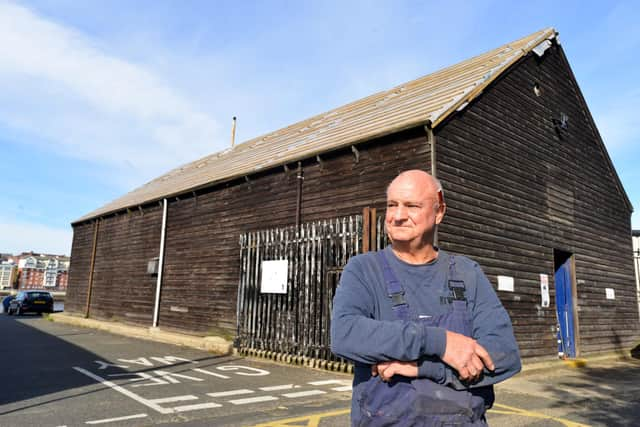Industry experts help South Shields' North East Maritime Trust team restore historic lifeboat The Bedford
and live on Freeview channel 276
Built in 1886, the Bedford was the last lifeboat to be built by the Tyne Lifeboat Institution (now the Tyne Lifeboat Society) and was one of only four lifeboats operated by the organisation at the time.
The 33ft craft is of great historical significance to the maritime heritage of the area and boasts a rich history – launching on 55 occasions between 1887 and 1937 and saving 50 lives during her career.
Advertisement
Hide AdAdvertisement
Hide AdThe North East Maritime Trust (NEMT), based in South Shields, has been working to restore the lifeboat as part of the team’s work preserving the area’s heritage.
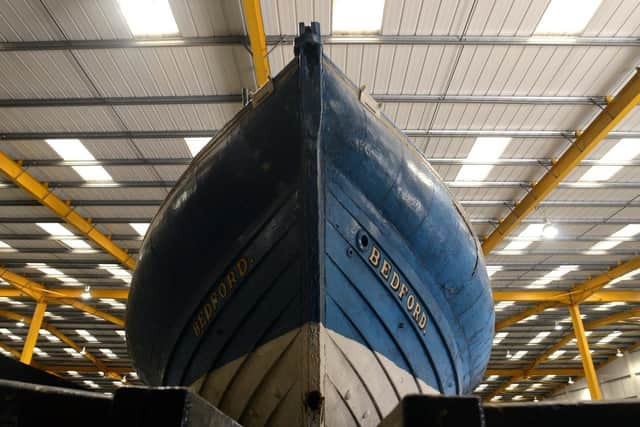

And the team got a helping hand from experts at AkzoNobel’s local yacht coatings division in Felling.
The company has donated a range of its premium coatings to the NEMT free of charge, and a number of its experts have also offered their time to help with the restoration.
Jody Graham, technical advisor at AkzoNobel’s Yacht Coatings team, said: “I was aware of North East Maritime Trust, as I live only five minutes down the road, so I contacted them to see if they could utilise some coatings we had going spare in our lab - and they jumped at the opportunity.
Advertisement
Hide AdAdvertisement
Hide Ad“We were asked if we would like to help with the restoration and we happily agreed.
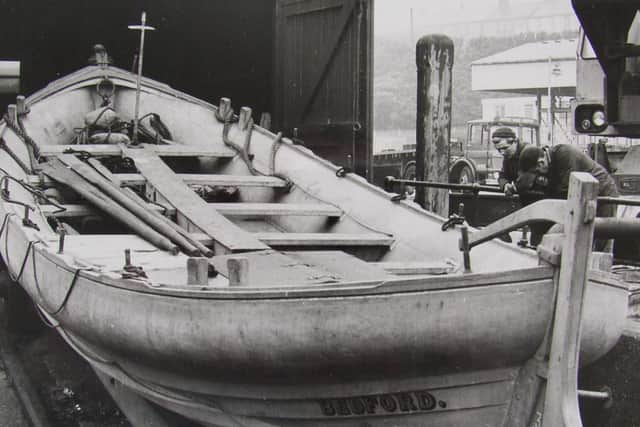

"The restoration is currently underway and myself and a few other colleagues have been on hand to show the NEMT team how to best apply the coatings and offer any technical advice they require throughout the process.
“For the Bedford, we are using our high strength and impact resistant epoxy, Interfill® 830, as well as a brand-new easy to use topcoat system from our International® range - One UP and Toplac® Plus.
“These products will not only give the Bedford a high-quality finish, but their superior flow mean they can be applied using a brush or roller, making it quicker and easier for the NEMT team to use.”
Dave Parker from the NEMT, said: “We were thrilled when AkzoNobel approached us with the free-of-charge coatings, and we instantly knew that we should use them to restore the Bedford.
Advertisement
Hide AdAdvertisement
Hide Ad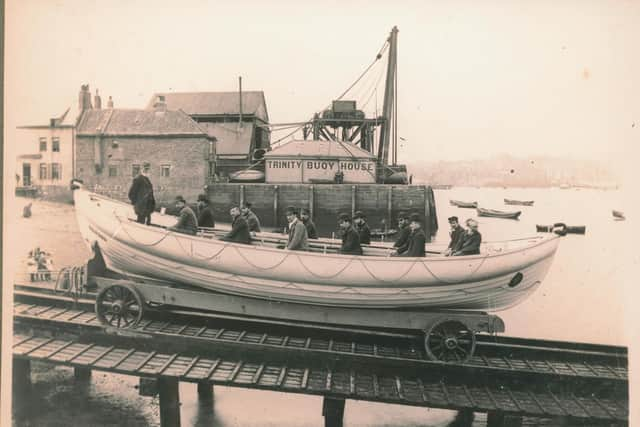

“The Bedford is an integral part of our maritime history and we cannot wait for the restoration to be finished and can’t thank the AkzoNobel team enough for all of their expert guidance and support during the project.”
The history of the Bedford
South Shields was the home to the world’s first purpose designed and built lifeboat, the Original, completed in 1790, the town operating a lifeboat service that predated the establishment of the Royal National Lifeboat Institution by 34 years.
The Bedford, was the last lifeboat to be built by the Tyne Lifeboat Institution, spending her entire lifeboat career stationed at South Shields. She was the replacement for the 52-year-old Tyne, which had replaced the Original in 1833. The Tyne has been on display at South Shields since 1894, and was restored by the North East Maritime Trust in 2012.
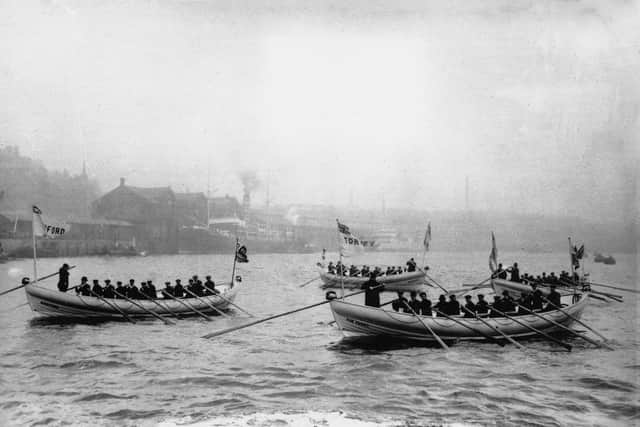

When built, the Bedford was one of four lifeboats operated by the Tyne Lifeboat Institution, with a lifeboat stationed at North Shields and three lifeboats at South Shields. The RNLI also had two of their lifeboats stationed at Tynemouth.
The Bedford was built by Launcelot B. Lambert, during the summer of 1886, in his boatyard on the river, at South Shields, and not too far from where the North East Maritime Trust workshops are today. Carved on the underneath of the midships thwart is the boatbuilders name, L. Lambert and the date 5th of July, 1886.
The boat is 33 feet 2 inches in length, 10 feet 8 inches in width, 3 feet 6 inches in depth, pulling 12 oars. A water ballast tank, when filled, provides additional stability and 4 self-relieving draining tubes are located on the deck. She cost £330 to build.
A new boathouse and slipway were built to house the Bedford, this next to the 1841 double boathouse, at the Coble Landing, South Shields, with these works and the boat funded from a bequest of £1000 from the late Miss Bedford of Pershore, Worcestershire, in memory of her brother, Benjamin, an engineer killed in the construction of the Tyne Piers.
She was named on Tuesday, 21 December 1886, by Miss Mary Hall, and after her naming ceremony, the boat’s capabilities were tested, being filled to the gunwales with water, with the crew standing on her thwarts. On the word of Superintendent Coxswain, Andrew Harrison, the cork plugs were removed by a sharp tug of the lines, and the boat emptied itself in 52 seconds.
J. Gregory of South Shields, an agricultural implement maker based at the Westoe Smithy, Westoe Village, built the launching carriage. It measures 29 feet in length and 7 feet in width, weighing 4 tons, having 4 wheels that fitted onto the timber slipway.
